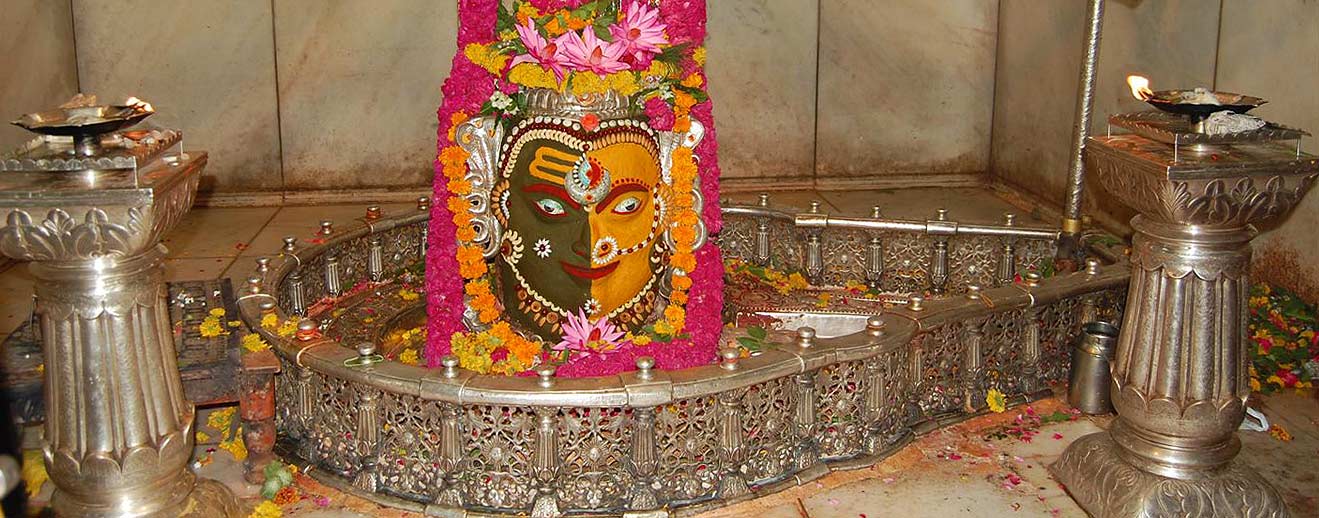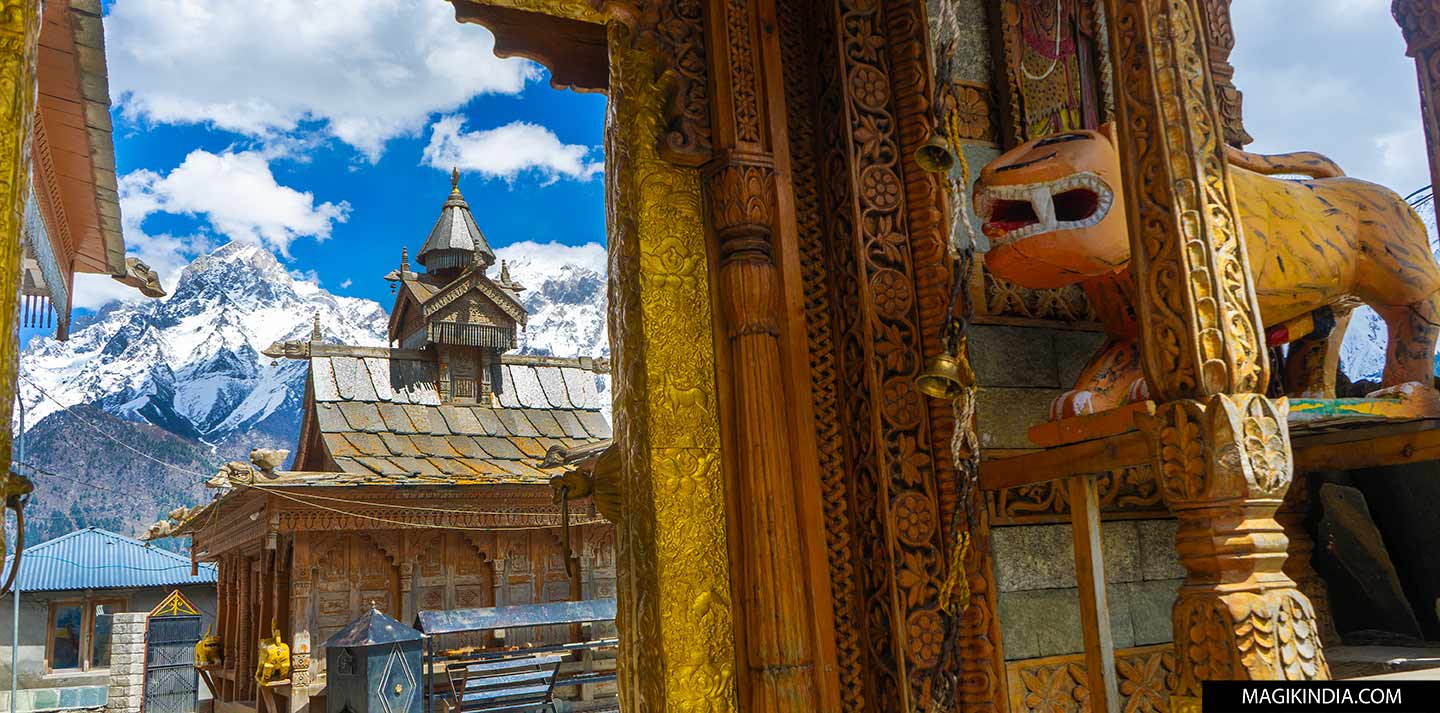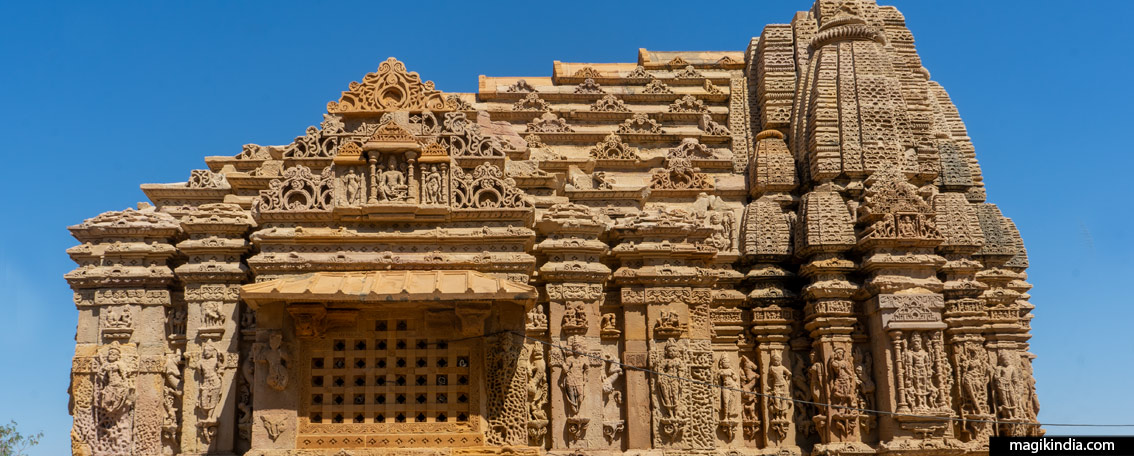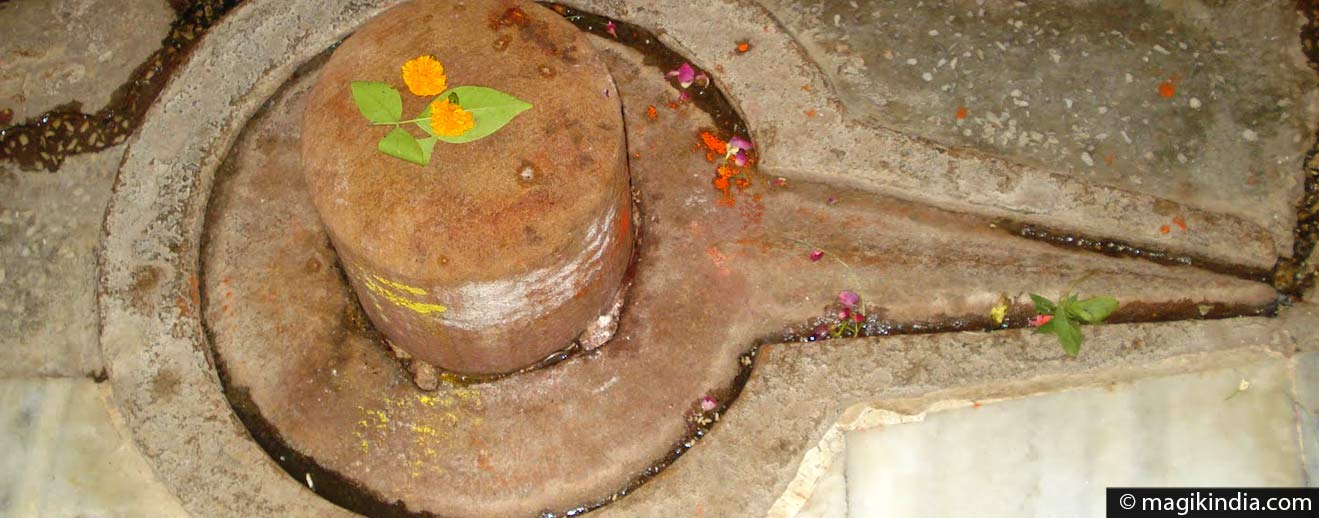
Grishneshwar, the Jyotir Lingam of compassion
Grishneshwar is located near the Ellora caves, in a small village called Verul in the state of Maharashtra. There stands one of the 12 Jyotir Lingams or “Lingams of light”. It is believed to be the last Jyotir Lingam, where the pilgrimage round the Jyotir Lingams ends.
Grishneshwar literally means ‘lord of compassion’, this lord is Shiva, the Hindu god of the destruction of illusion, represented here by a Jyotir-lingam or lingam of light. The temple is an important pilgrimage site in the Shivaite tradition, which considers it the last or the twelfth Jyotir-lingam.
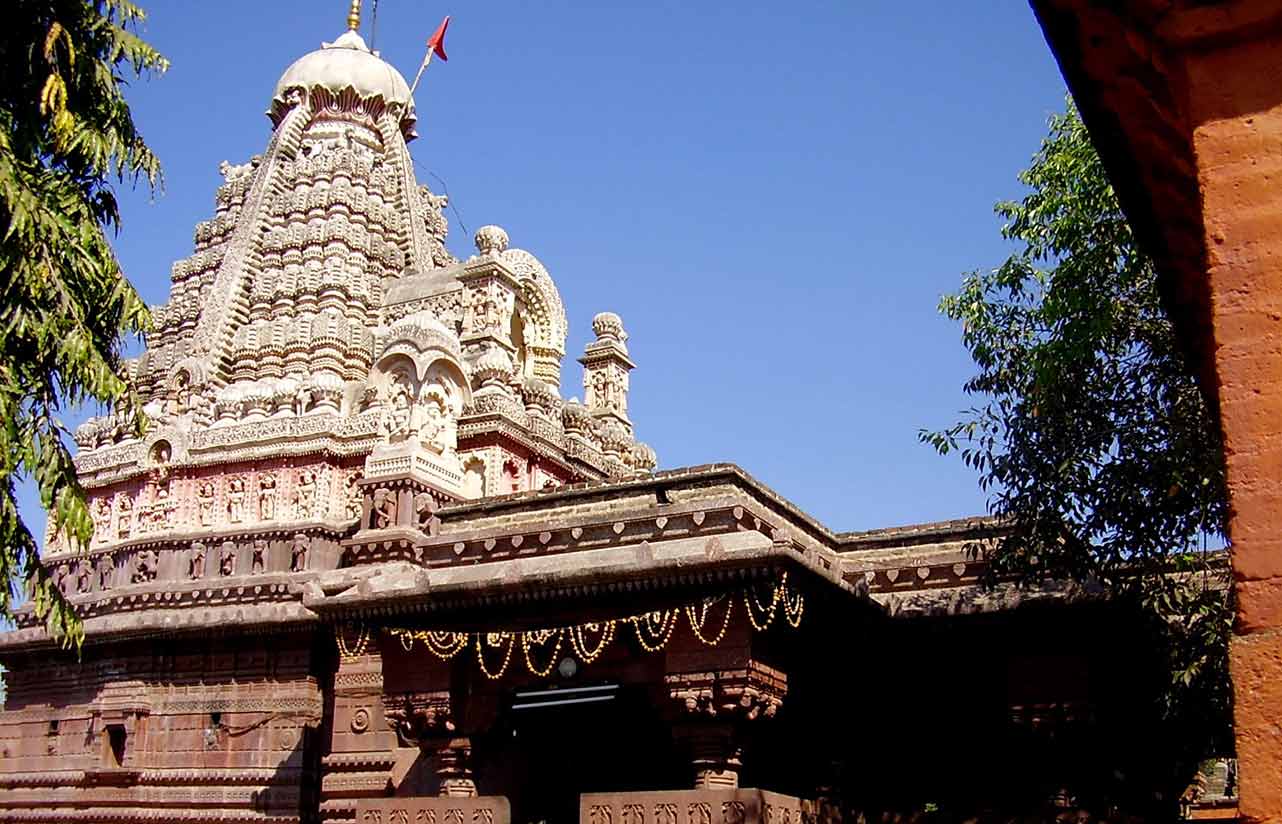
Legend has it that Bhosale (the chief of the village of Verul) would have found a treasure hidden in a snake pit by the grace of Lord Grishneshwar. It is said that he spent this money to renovate the temple.
Historically, the structure of the Dravidian style temple was destroyed by the Delhi Sultanate in the 13th and 14th century. The temple then underwent several phases of reconstruction followed by further destruction during the Mughal-Maratha conflict. It was rebuilt in its current form in the 18th century under the patronage of Queen Ahilyabai Holkar of Indore, Madhya Pradesh.

The legend goes that a pious woman called Kusuma worshipped Shiva daily by immersing a Shiva Lingam in a lake. Her husband’s first wife, jealous of her devotion, murdered Kusuma’s son in cold blood. Despite her grief, Kusuma did not interrupt her daily ritual and when she immersed the Shiva Lingam in the lake her son was miraculously brought back to life. Shiva appeared before her and the villagers, and from that time on he has been worshipped in the form of a Jyotir Lingam.

The darshan (vision) of the Grishneshwar lingam is authorised for foreigners, but be patient, for as in all the high places of pilgrimages in India, a long queue awaits you. This will give you time to converse with the Indian faithful who are always a little surprised to see foreigners interested in Hindu traditions.
Lingam and a fortiori Jyotir-lingam is not just a simple phallic form, its symbolism goes far beyond the sexual aspect. For the same, I invite you to read my full article on this subject. 🙂
WHAT ARE THE JYOTIR LINGAMS?
